Filter by

Popular Music and Public Diplomacy: Transnational and Transdisciplinary Persp…
In the early years of the Cold War, Western nations increasingly adopted strategies of public diplomacy involving popular music. While the diplomatic use of popular music was initially limited to such genres as jazz, the second half of the 20th century saw a growing presence of various popular genres in diplomatic contexts, including rock, punk, reggae, and hip-hop. This volume illuminates the …
- Edition
- -
- ISBN/ISSN
- 9783837643589
- Collation
- -
- Series Title
- -
- Call Number
- 780
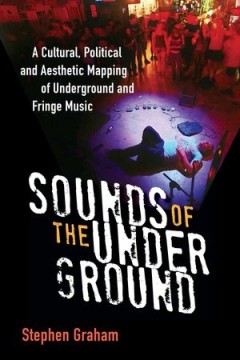
Sounds of the Underground: A Cultural, Political and Aesthetic Mapping of Und…
In basements, dingy backrooms, warehouses, and other neglected places around the world music is being made that doesn't fit neatly into popular or classical categories and genres, whose often extreme sounds and tiny concerts hover on the fringes of these commercial and cultural mainstreams. The term “underground music” as it’s being used here connects various forms of music-making that ex…
- Edition
- -
- ISBN/ISSN
- 9780472119752
- Collation
- -
- Series Title
- -
- Call Number
- 780

Vinyl Theory
Why are vinyl records making a comeback? How is their resurgence connected to the political economy of music? Vinyl Theory responds to these and other questions by exploring the intersection of vinyl records with critical theory. In the process, it asks how the political economy of music might be connected with the philosophy of the record. The young critical theorist and composer Theodor Adorn…
- Edition
- -
- ISBN/ISSN
- 9781643150161
- Collation
- -
- Series Title
- -
- Call Number
- -
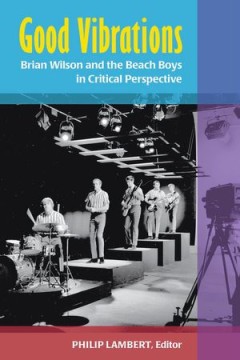
Good Vibrations: Brian Wilson and the Beach Boys in Critical Perspective
Good Vibrations brings together scholars with a variety of expertise, from music to cultural studies to literature, to assess the full extent of the contributions to popular culture and popular music of one the most successful and influential pop bands of the twentieth century. The book covers the full fifty-year history of the Beach Boys’ music, from essays on some of the group’s best-know…
- Edition
- -
- ISBN/ISSN
- 9780472119950
- Collation
- -
- Series Title
- -
- Call Number
- 780
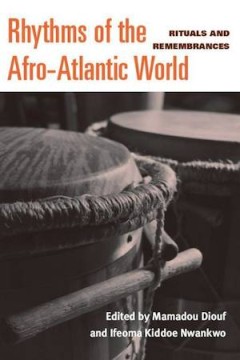
Rhythms of the Afro-Atlantic World: Rituals and Remembrances
Along with linked modes of religiosity, music and dance have long occupied a central position in the ways in which Atlantic peoples have enacted, made sense of, and responded to their encounters with each other. This unique collection of essays connects nations from across the Atlantic---Senegal, Kenya, Trinidad, Cuba, Brazil, and the United States, among others---highlighting contemporary popu…
- Edition
- -
- ISBN/ISSN
- 9780472070961
- Collation
- -
- Series Title
- -
- Call Number
- 780
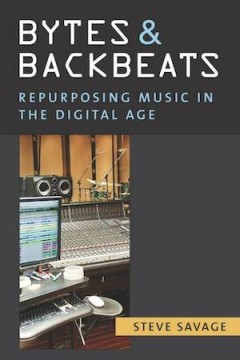
Bytes and Backbeats: Repurposing Music in the Digital Age
From Attali's "cold social silence" to Baudrillard's hallucinatory reality, reproduced music has long been the target of critical attack. In Bytes and Backbeats, however, Steve Savage deploys an innovative combination of designed recording projects, ethnographic studies of contemporary music practice, and critical analysis to challenge many of these traditional attitudes about the creation and …
- Edition
- -
- ISBN/ISSN
- 9780472117857
- Collation
- -
- Series Title
- -
- Call Number
- 780

Music Practices Across Borders: (E)Valuating Space, Diversity and Exchange
Klavier plus Streichquartett. Im vierstelligen Bereich sind Werke bekannt. In mittlerer dreistelliger Zahl als Tonaufnahme zugänglich. Über 200 Jahre kontinuierliche Produktion. Bis heute. Und doch fehlt das Genre weitgehend in den Leitmedien Klassischer Musik. In den meinungsführenden Feuilletons und Musikgeschichtswerken. Und in den Programmen der prestigeträchtigen Rundfunksender und Lab…
- Edition
- -
- ISBN/ISSN
- 9783837646672
- Collation
- -
- Series Title
- -
- Call Number
- 780

Mozart's Tempo-System: A Handbook for Practice and Theory
A reference book for the musician’s practical work of interpretation, this volume, after a general presentation of 18th century principles for determining a tempo, offers a compendium of all Mozart’s autograph tempo markings in 420 lists of pieces of similar character. Thus, a comparison of slower and quicker movements is made possible by 434 music examples, and there follows a wide-ranging…
- Edition
- -
- ISBN/ISSN
- 9783828842915
- Collation
- -
- Series Title
- -
- Call Number
- 780
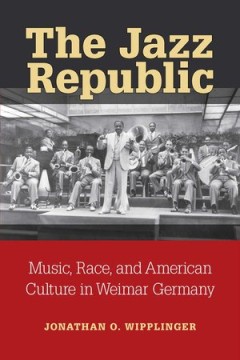
The Jazz Republic: Music, Race, and American Culture in Weimar Germany
The Jazz Republic examines jazz music and the jazz artists who shaped Germany’s exposure to this African American art form from 1919 through 1933. Jonathan O. Wipplinger explores the history of jazz in Germany as well as the roles that music, race (especially Blackness), and America played in German culture and follows the debate over jazz through the fourteen years of Germany’s first democ…
- Edition
- -
- ISBN/ISSN
- 9780472073405
- Collation
- -
- Series Title
- -
- Call Number
- 780
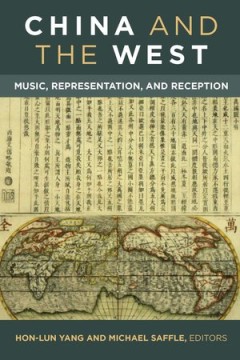
China and the West: Music, Representation, and Reception
China and the West: Music, Representation, and Reception is the first book to explore how Chinese and Western musical materials and traditions— those involving instruments, melodies, rhythms, staged diversions (including operas and musical comedies), concert works, film scores, and digital recordings of several kinds— have gradually moved closer together and become increasingly accepted, as…
- Edition
- -
- ISBN/ISSN
- 9780472130313
- Collation
- -
- Series Title
- -
- Call Number
- 780
 Computer Science, Information & General Works
Computer Science, Information & General Works  Philosophy & Psychology
Philosophy & Psychology  Religion
Religion  Social Sciences
Social Sciences  Language
Language  Pure Science
Pure Science  Applied Sciences
Applied Sciences  Art & Recreation
Art & Recreation  Literature
Literature  History & Geography
History & Geography